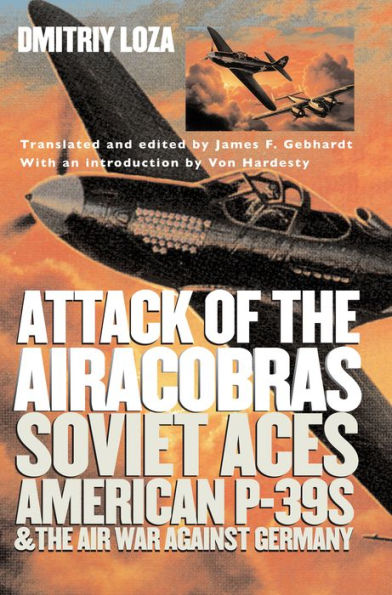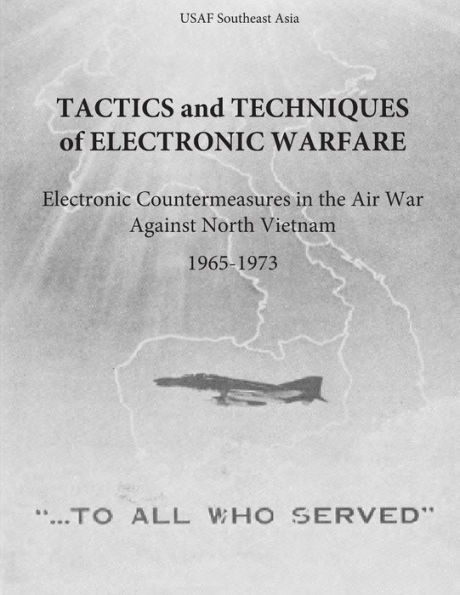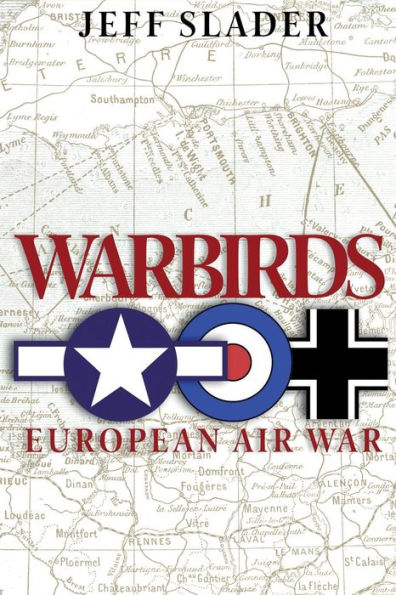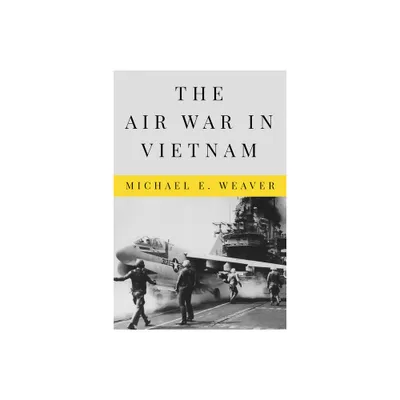Home
Attack of the Airacobras: Soviet Aces, American P-39s, and the Air War Against Germany
Loading Inventory...
Barnes and Noble
Attack of the Airacobras: Soviet Aces, American P-39s, and the Air War Against Germany
Current price: $29.95


Barnes and Noble
Attack of the Airacobras: Soviet Aces, American P-39s, and the Air War Against Germany
Current price: $29.95
Loading Inventory...
Size: OS
*Product Information may vary - to confirm product availability, pricing, and additional information please contact Barnes and Noble
During its titanic military struggle with Germany, the Soviet Union received a major boost with the arrival and deployment of nearly 5,000 Bell P-39 Airacobra fighter planes-courtesy of America's Lend-Lease program. The impact was dramatic, as the Soviets quickly adapted the planes into a devastatingly lethal force. Dmitriy Loza's account, admirably translated and edited by James Gebhardt, vividly re-creates the battle campaigns of this odd coupling of capitalist planes and Marxist pilots and shines a bright light on a little known part of the air war on the Eastern Front.
The P-39 proved to be the right plane at the right time for a beleaguered Red Air Force. Built for short range and relatively low altitudes, the P-39 was equipped with a powerful engine and weapons that enabled it to outduel and eventually dominate the Luftwaffe from the Caucusus foothills to Berlin.
Focusing on the combat operations and daily life of one unit—the 9th Guards Fighter Division—Loza refutes the myth that the P-39 was used mainly as a "tank buster" or "flying artillery." Instead, its primary mission was to protect Red Army operations from aerial attacks by the enemy. So despite the occasional strafing of trains, truck convoys, and troops, most P-39 operations involved attacks on Luftwaffe bombers and dogfights with their fighter escorts.
Center stage in Loza's story are the P-39 pilots and ground crews themselves, including remarkable Captain Aleksandr Pokryshkin and Major Gregoriy Rechkalov, two of the Soviets' top four aces. In addition, Loza details the organization and operations of the unit's noncombat personnel—who refueled and maintained the aircraft, cleaned and reloaded the guns, packed the parachutes, treated the wounded, guarded the airfields, and commanded the squadrons and regiments.
Based on interviews with Soviet veterans and extensive access to squadron histories and logbooks, Loza provides a rare and insightful look at what it was like to live and fight in this victorious air unit.


















